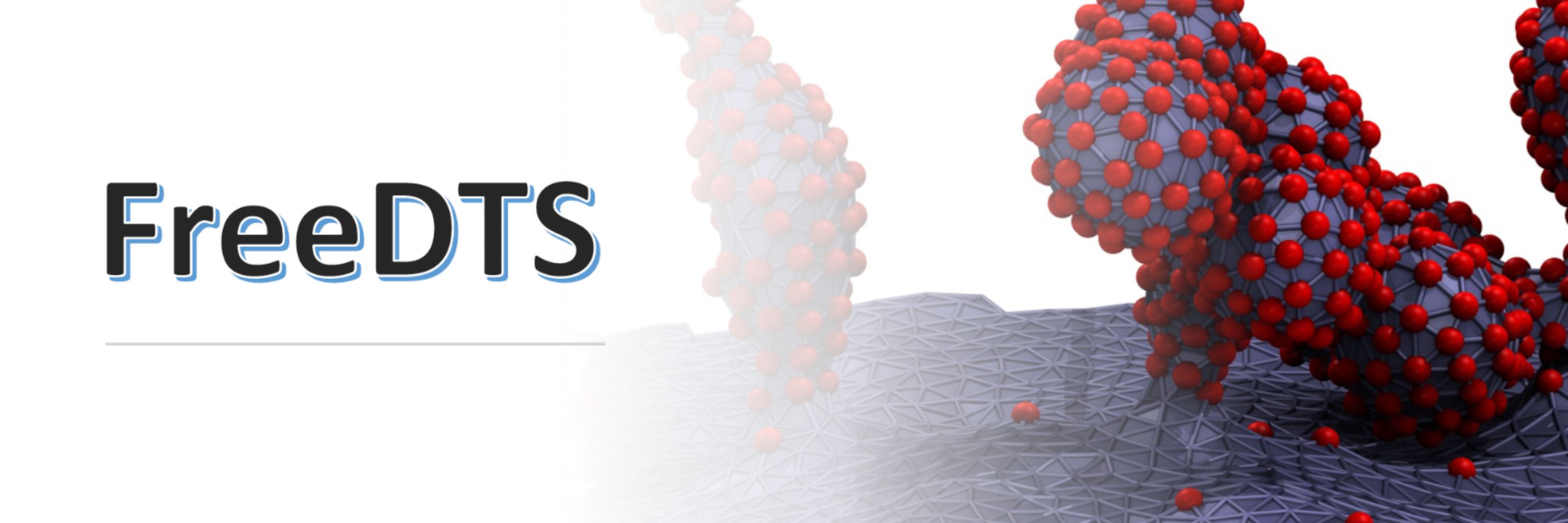Weria Pezeshkian
@weria-lab.bsky.social
130 followers
81 following
25 posts
Assistant Professor
Niels Bohr Institute, University of Copenhagen
Website: commicgroup.ku.dk
Posts
Media
Videos
Starter Packs
Pinned
Reposted by Weria Pezeshkian
Reposted by Weria Pezeshkian
Reposted by Weria Pezeshkian
Weria Pezeshkian
@weria-lab.bsky.social
· Mar 14

Complex mechanical response of stomatocyte morphology: Implications for the nuclear envelope.
Among the fascinating shapes that biomembranes exhibit are stomatocytes, found for example in nuclear membranes and open autophagosomes. These morphologies, characterised by a high topological genus, ...
www.biorxiv.org
Weria Pezeshkian
@weria-lab.bsky.social
· Dec 10
Weria Pezeshkian
@weria-lab.bsky.social
· Dec 10
Reposted by Weria Pezeshkian




















